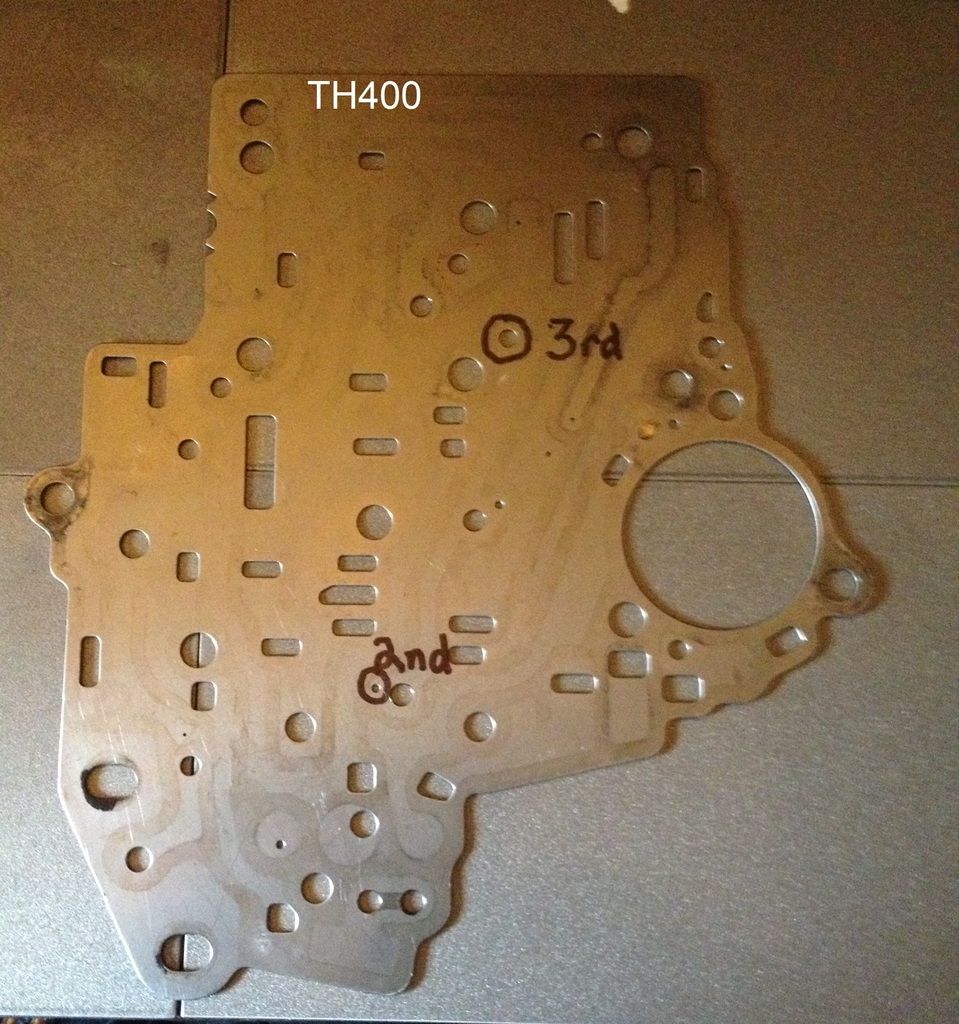I have a few questions relating to the photos below. I the first photo is the springs i removed from the forward drum. 8 of the springs on the right are short and 4 springs on the left are tall. Arent they all supposed to be the same height?
Different piston styles can have different height springs (Stamped vs Aluminum), Your trans having both styles tells me either the Forward Drum or Direct Drum was replaced at one time & that is when the springs got mixed up
Now in the atsg manual it says to place 14 springs into the spring pockets. Now i only have 12 of the tall springs and 12 of the short springs. clinebarger i thought you said i should put 16 springs onto all 16 pockets instead of just 14? Because i bought a new direct drum with the springs i only need to use the springs i have for the forward drum. Should i use all the tall springs and then use a few short ones or should i use all the short springs and fill in the extra spaces with a few tall ones on the forward drum.
Stagger the long & short springs, You can use 16 or 14....On the Forward clutch you would never notice either way. Factory upper end TH400's had 16 springs in both drums(Cadillac, Jaguar, Rolls Royce)
Finally i took the clutches out of the direct drum. What is that black ring on half of the clutch surface? The forward drum clutches did not have that ring.
The frictions were slipping & getting hot, Your broken piston could have caused that, That's a good illustration of how the "Work Surface" of the piston is directly responsible for the effective Friction Surface of the clutch pack.
If you were to put one of those frictions over the Apply Ring on your old steel piston, The black/burnt ring would be centered over the Apply Ring.
The Forwards are not a "shifting" clutch pack, They're not responsible for absorbing much energy.....Stopping or accelerating a heavy drum against a heavy truck/engine torque, They have the easiest job of any friction in the unit....Connecting the Input Shaft to The Main Shaft with the engine idling & the vehicle stationary
Blue= short spring, Red= long spring, Use 2 short springs in the blanks if using the full 16.

Different piston styles can have different height springs (Stamped vs Aluminum), Your trans having both styles tells me either the Forward Drum or Direct Drum was replaced at one time & that is when the springs got mixed up
Now in the atsg manual it says to place 14 springs into the spring pockets. Now i only have 12 of the tall springs and 12 of the short springs. clinebarger i thought you said i should put 16 springs onto all 16 pockets instead of just 14? Because i bought a new direct drum with the springs i only need to use the springs i have for the forward drum. Should i use all the tall springs and then use a few short ones or should i use all the short springs and fill in the extra spaces with a few tall ones on the forward drum.
Stagger the long & short springs, You can use 16 or 14....On the Forward clutch you would never notice either way. Factory upper end TH400's had 16 springs in both drums(Cadillac, Jaguar, Rolls Royce)
Finally i took the clutches out of the direct drum. What is that black ring on half of the clutch surface? The forward drum clutches did not have that ring.
The frictions were slipping & getting hot, Your broken piston could have caused that, That's a good illustration of how the "Work Surface" of the piston is directly responsible for the effective Friction Surface of the clutch pack.
If you were to put one of those frictions over the Apply Ring on your old steel piston, The black/burnt ring would be centered over the Apply Ring.
The Forwards are not a "shifting" clutch pack, They're not responsible for absorbing much energy.....Stopping or accelerating a heavy drum against a heavy truck/engine torque, They have the easiest job of any friction in the unit....Connecting the Input Shaft to The Main Shaft with the engine idling & the vehicle stationary
Blue= short spring, Red= long spring, Use 2 short springs in the blanks if using the full 16.





